This article was co-authored by Carolyn Messere, MD. Dr. Messere is a licensed Colon and Rectal Surgeon and medical writer in Florida. She received her MD from the University of Massachusetts Medical School and completed her residency in Colon and Rectal Surgery at the Carle Foundation Hospital in 2005. She was an American College of Surgeons (ACS) Fellow in 2012.
There are 13 references cited in this article, which can be found at the bottom of the page.
This article has been viewed 102,382 times.
Pain can be frustrating and debilitating, and you may feel like there’s nothing you can do about it. But don’t give up hope. Generally, pain is a response to an injury or an illness, but sometimes pain can persist even after an injury or illness has healed. Whatever the case may be, there are things that you can do to try to reduce your pain symptoms including taking medications and modifying your lifestyle. Always talk to your doctor before you try a new medication, supplement, or before you make any sudden changes to your lifestyle to make sure they’re safe for you.
Steps
Using Medications
-
1Talk to your doctor about medications that can get rid of your pain. Before you take any medications, talk to your doctor about your pain. They’ll be able to examine you and determine the underlying causes. They’ll also be able to recommend treatments and prescribe medications that can help reduce your pain symptoms.[1]
- Always take any medications as directed by your doctor to most effectively treat your pain and to avoid potentially overdosing.
- Go to the doctor if you have an infection or injury that you cannot treat at home.
Warning: Some medications can negatively interact with each other, so it’s really important that you talk to your doctor before you start taking any medication to get rid of your pain, especially if you’re already on medications for conditions such as high blood pressure, cholesterol, or diabetes.
-
2Apply topical pain medications to relieve pain in specific areas. Topical pain relievers are rubbed in the skin directly above the affected area. There are different types of topical pain relievers, each using different ingredients that are more effective for certain types of pain. Always read and follow the instruction labels and look out for signs of an allergic reaction, such as hives, swelling of the face, lips, tongue or throat, difficulty breathing, difficulty swallowing. If you have a reaction, stop using the product and get medical attention.[2]
- Topical pain relievers, like Capzasin and Zostrix, use capsaicin, which is the substance that makes chili peppers spicy, to prevent your nerves from effectively sending pain signals.
- Salicylates, such as Aspercreme and Bengay, are creams that contain aspirin, which relieves inflammation and pain.
- Counterirritants, which includes common creams like Icy Hot and Biofreeze, have menthol or camphor which will give you the sensation of warmth or cold.
- Topical pain medications are often used for reducing joint pain.
- Consult a doctor before using them on children or if you are pregnant.
Advertisement -
3Reduce pain and inflammation with NSAIDs. Non-steroidal anti-inflammatory drugs, or NSAIDs, prevent your body from making the chemicals that cause pain and inflammation. They’re a cheap and effective way for you to temporarily relieve your pain symptoms. Common NSAIDs include:[3]
- Aspirin, such as Anacin, Ascriptin, Bayer, Bufferin, and Excedrin. Don’t give aspirin to children under 19.
- Ibuprofen, which includes Motrin, Advil, Nuprin, and Medipren.
- Naproxen sodium, such as Aleve.
- These medications can be effective for reducing pain due to osteoarthritis, muscle aches, backaches, tooth problems, gout, menstrual cramps, joint pain due to fever, or headaches.
- Always follow any instructions on the warning label. Do not take these medications if you are pregnant without first consulting a doctor. Watch for signs of an allergic reaction.
-
4Treat chronic joint pain with cortisone shots. If you have joint pain that just won’t go away, talk to your doctor about getting cortisone shots. Cortisone shots contain a corticosteroid and local anesthetic and are delivered directly into the affected joint to provide relief.[4]
- This can be effective for conditions such as arthritis and conditions such as frozen shoulder syndrome, but may only provide temporary pain relief.
-
5Discuss taking antidepressants with your doctor. Some drugs used to treat depression can help treat your pain symptoms as well as reduce your stress and anxiety levels, which can help you better manage your pain. If you’re struggling to get rid of your pain, talk to your doctor about trying antidepressants to treat your symptoms.[5]
- The most common types of antidepressants used to treat pain are tricyclic agents and serotonin-norepinephrine reuptake inhibitors.
- It may take a few weeks before they provide relief.
- Your doctor may also refer you to a psychiatrist, who can prescribe the appropriate medications and treatments for you.
Trying Natural Pain Relievers
-
1Apply heat to increase circulation to the area. Fill a water bottle with hot water and then wrap it in a towel and apply it to the affected area. The warmth will increase circulation and blood flow to the area, which can loosen up your muscles and relieve your pain. Heat is particularly good for sore or tight muscles, stiff backs, or menstrual cramps.[6]
- Heat is also an effective treatment for areas of your body that are stiff or tight.
- Don’t apply it directly to your skin. You don’t want to accidentally burn yourself!
-
2Soothe the pain by applying cold to it. Use an ice pack or a package of frozen peas and wrap it in a towel so the ice doesn’t touch your skin directly. Apply the cold pack directly to the affected area for 10 minutes, then allow your skin to warm up so you won’t be at risk of frostbite. You can apply the ice again later in the day. The cold will numb the pain and reduce blood flow, which will help minimize swelling.[7]
- Applying a cold pack and help hot, swollen, or inflamed joints, bruises, or other minor injuries.
- Don’t leave the cold on the affected area for longer than 15 minutes at a time so you don’t cause damage.
-
3Use herbal remedies to relieve your pain symptoms. There are many herbal remedies and treatments that may help you get rid of your pain by reducing inflammation, improving blood flow, and minimizing the sensation of pain. But you need to talk to your doctor before you take any of them to make sure they’re legitimate and safe for you to use.[8]
- Ginger may help reduce inflammation.
- Feverfew may help headaches, stomachaches, and toothaches, but should not be taken if you’re pregnant.
- Turmeric may help reduce inflammation, help arthritis, and reduce heartburn, but you shouldn’t take it if you have gallbladder disease.
- Devil’s claw may help with arthritis and back pain.
Warning: Always talk to your doctor before you try any herbal remedies to make sure they’re legitimate and safe for you to use.
-
4Try acupuncture to treat chronic pain symptoms. Acupuncture is a procedure in which thin needles are inserted into various points in your body and it may help stimulate blood flow and reduce pain and inflammation. Ask your doctor if acupuncture is safe for you to try. They may also be able to refer you to a licensed acupuncturist.[9]
- Many pain relief clinics also offer acupuncture.
- You may need more than one session to experience maximum effects.
- Acupuncture is effective at reducing symptoms of headaches, menstrual cramps, back pain, osteoarthritis, pain in the face, and some digestive issues.
-
5Practice biofeedback techniques to manage your pain. During a biofeedback session, a therapist connects you to sensors that tell you how your body is reacting physiologically. You then use this information to concentrate on making physical changes in your body in order to help manage your pain symptoms. With enough practice, you can learn to reduce the severity of your symptoms with the biofeedback techniques. Search online for biofeedback therapists near you that you can visit.[10]
- For example, you’ll learn which muscles are tensing up and causing your pain so you can learn to relax them.
- Bio feedback can give you information about muscle tension, body temperature sensors, sweat responses, and your heart rate.
- Go to a reputable therapist who is either licensed or works under a doctor.
Making Lifestyle Changes
-
1Get at least 7 hours of restful sleep every night. A lack of adequate sleep can increase the severity of your pain and cause extra stress and anxiety, both of which also increase your perception of pain. Most people need between 7-8 hours of sleep every night. Make sure you get enough sleep to help manage your pain symptoms.[11]
- If you injured yourself, avoid strenuous exercise like running or weight lifting while your body heals.
-
2Use physical therapy to improve painful conditions or injuries. If you have a specific injury or medical condition that is causing you pain, having a licensed physical therapist exercise and massage the affected area can improve your symptoms over time.[12] Talk to your doctor about getting a referral to see a physical therapist who can help you improve your symptoms.[13]
- Physical can help strengthen weak muscles, increase your range of movement, and heal after an injury.
- Physical therapy is often effective for musculoskeletal, neuromuscular, cardiopulmonary, and other conditions.
- Some serious injuries will require physical therapy in order for your body to properly heal.
-
3Practice relaxation techniques to help control your emotions. Anxiety, stress, and negative emotions such as anger and fear can cause physical changes in your body, increase tension in your muscles, and increase the severity of your pain symptoms. Finding and practicing a relaxation technique that works for you and helps calm you down and ease your tension whenever you get upset is a great way to help manage your pain symptoms and keep them from getting worse. A few examples of relaxation techniques include:[14]
- Progressive muscle relaxation, which is where you mentally through your body, 1 muscle group at a time, and slowly tense and then relax it.
- Visualization, where you concentrate on picturing a relaxing location.
- Deep breathing
- Meditation
- Yoga and Tai Chi
- Massage
- Hypnosis
-
4See a counselor or therapist to better manage your stress. Because stress and negative emotions such as anxiety and depression can make your pain worse, seeing a mental health professional to better manage your stress can help lower your pain symptoms. Search online for a licensed counselor or psychiatrist and make an appointment to start getting treatment.[15]
- Your doctor may also be able to refer you to a mental health professional.
- A psychiatrist may also prescribe medications that will help treat anxiety or depression, which may help to reduce your pain as well
Warnings
- Always read and follow the manufacturer's instructions on over-the-counter medications.⧼thumbs_response⧽
- Consult your doctor before using over-the-counter medications, herbal remedies, or supplements, especially if you are pregnant. Also consult a doctor before giving them to children.⧼thumbs_response⧽
- If you are already on other medications, ask your doctor before you add a new medication, even an over-the-counter medication, herbal remedy, or supplement. It could interact with your current medications.⧼thumbs_response⧽
- Do not mix alcohol with medications.⧼thumbs_response⧽
- Ask your doctor whether your medications may make it inadvisable to drive.⧼thumbs_response⧽
- Some medications may have negative effects if you use them for long periods of time. Do not use medications longer than instructed on the packaging without discussing it with your doctor first.⧼thumbs_response⧽
References
- ↑ https://medlineplus.gov/ency/article/007489.htm
- ↑ https://health.clevelandclinic.org/topical-pain-relief-what-is-it-and-how-does-it-work/
- ↑ https://my.clevelandclinic.org/health/drugs/11086-non-steroidal-anti-inflammatory-medicines-nsaids
- ↑ https://my.clevelandclinic.org/health/drugs/11086-non-steroidal-anti-inflammatory-medicines-nsaids
- ↑ https://www.health.harvard.edu/blog/are-antidepressants-also-pain-relievers-2021041622383
- ↑ https://health.clevelandclinic.org/should-you-use-ice-or-heat-for-pain-infographic/
- ↑ https://health.clevelandclinic.org/should-you-use-ice-or-heat-for-pain-infographic/
- ↑ https://www.ncbi.nlm.nih.gov/pmc/articles/PMC7918078/
- ↑ https://www.aafp.org/news/health-of-the-public/20180521acupuncture.html
- ↑ https://pubmed.ncbi.nlm.nih.gov/27307013/
- ↑ https://www.sleepfoundation.org/physical-health/pain-and-sleep
- ↑ https://healthcare.utah.edu/healthfeed/postings/2016/11/pain_relief.php
- ↑ http://www.cc.nih.gov/rmd/pt/index.html
- ↑ https://www.nccih.nih.gov/health/relaxation-techniques-what-you-need-to-know
- ↑ https://pubmed.ncbi.nlm.nih.gov/29504088/
About This Article
To get rid of pain, try applying heat or a cold pack to the area that's hurting. You can also try drinking herbal teas with ingredients like ginger and turmeric, which may help soothe your pain. While you're in pain, try to rest and take it easy so your body is able to heal. For pain that won't go away, try taking an over-the-counter pain reliever or applying a topical pain medication to the area that's hurting. If the pain is severe, visit a doctor so they can prescribe a treatment plan that will help. To learn more from our Doctor of Medicine co-author, like when to visit a physical therapist, keep reading!
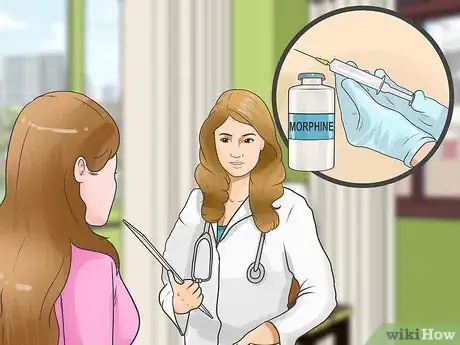
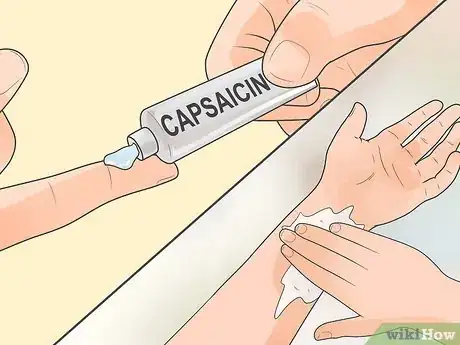

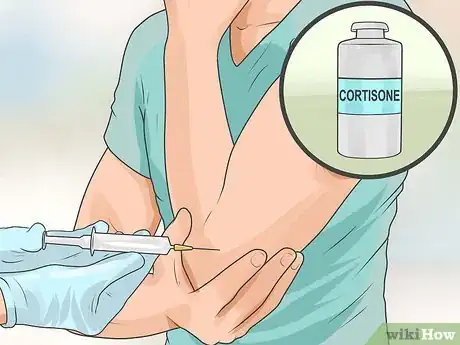
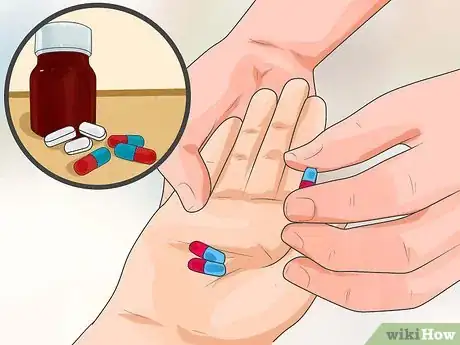
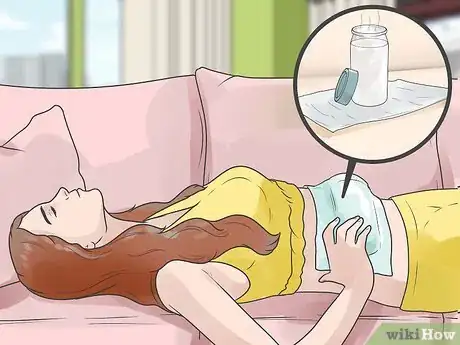
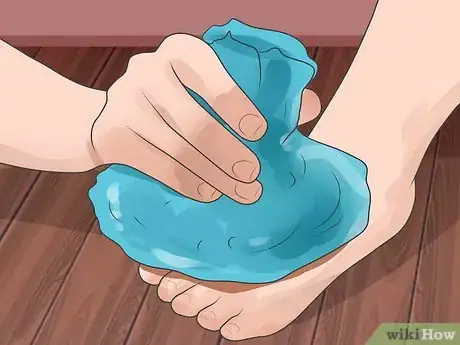



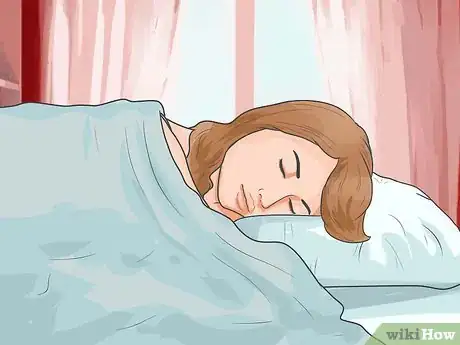
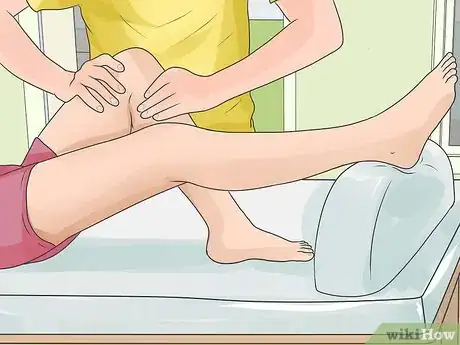
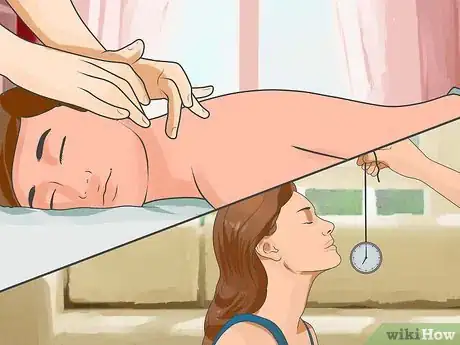





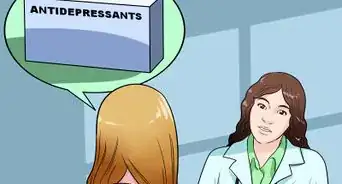

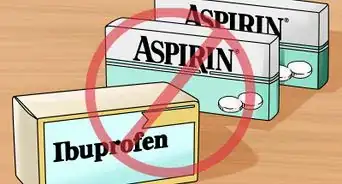


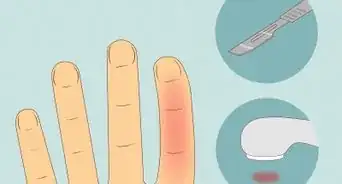
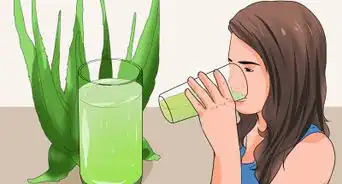










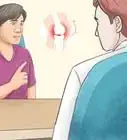


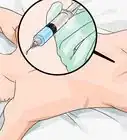




































Medical Disclaimer
The content of this article is not intended to be a substitute for professional medical advice, examination, diagnosis, or treatment. You should always contact your doctor or other qualified healthcare professional before starting, changing, or stopping any kind of health treatment.
Read More...